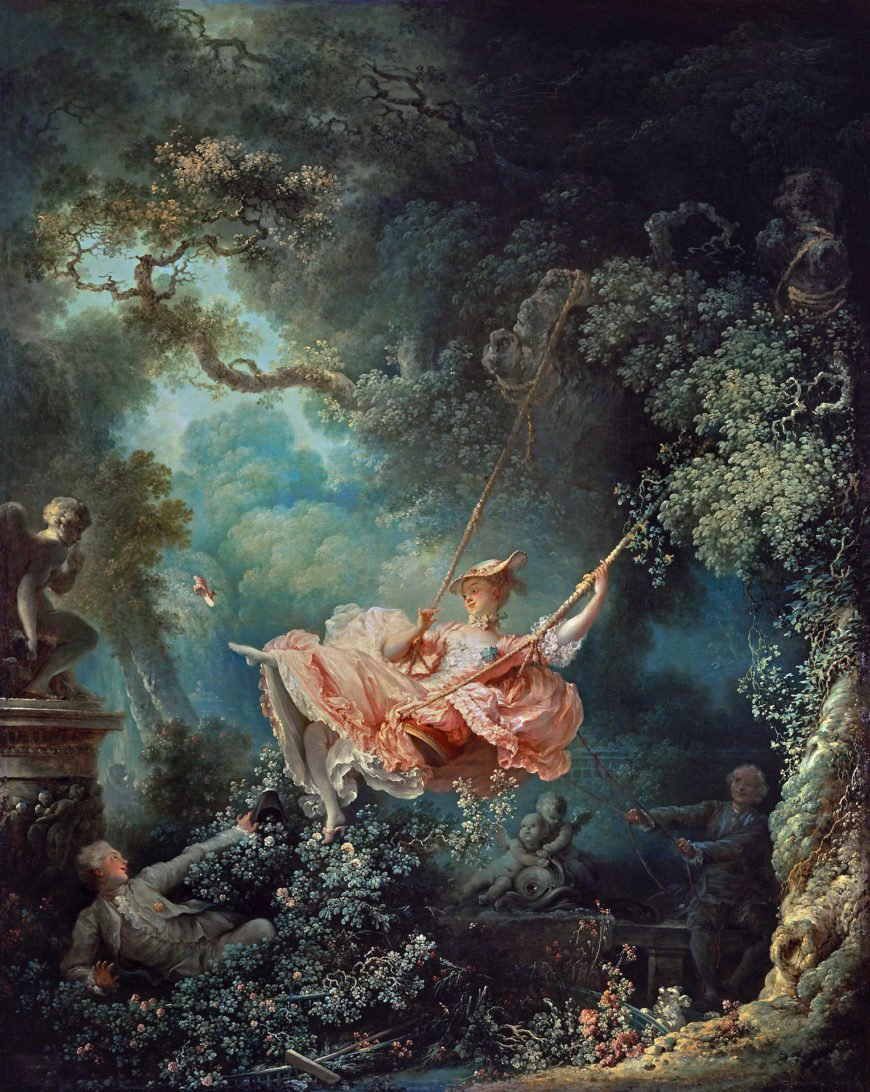It’s hard to think of another artist whose life has been mythologized more than Vincent van Gogh’s. But when I look past the swirling legend of the tortured genius, what I find is something more real—and more relevant to my own life as an artist in 2025: someone who loved color, nature, and people with his whole heart. Someone who kept painting, even when the world didn’t understand him.
Van Gogh’s story is often framed as a tragedy, but honestly, I see something else in it: courage. He made more than 2,000 works of art, mostly in just 10 years, and sold only one painting during his lifetime. To me, that is mind numbing. I would have given up. He did not. And the context in which he painted was that of pain: he struggled deeply—with mental illness, isolation, poverty—but he still got up, day after day, and painted. That level of commitment moves me. It reminds me that success isn’t always external. Sometimes, I think that the act of creating itself is the victory.
“What would life be if we had no courage to attempt anything?”
He wasn’t afraid of emotion. Van Gogh didn’t paint to impress—he painted to express. His landscapes pulse with movement. His portraits radiate empathy. There’s nothing cool or distant about his work; it’s raw, honest, and alive. In a time like ours, when irony and perfection are everywhere, his sincerity feels like a deep breath of fresh air.
He also found beauty in the ordinary—in sunflowers, in shoes, in a small room with a wooden bed. That has stayed with me. It reminds me to look closely, to stay present, to find meaning in things that might seem small.
And despite his struggles, Van Gogh never gave up on the idea that art could be healing—not just for the world, but for himself. That’s something I carry with me. The studio can be a refuge. The brush can be a lifeline.
Van Gogh’s life wasn’t easy. But it was brave. And for those of us still trying to make sense of the world through color, texture, and light, his example is a kind of compass—pointing us toward honesty, vulnerability, and the kind of beauty that doesn’t need approval to matter.











